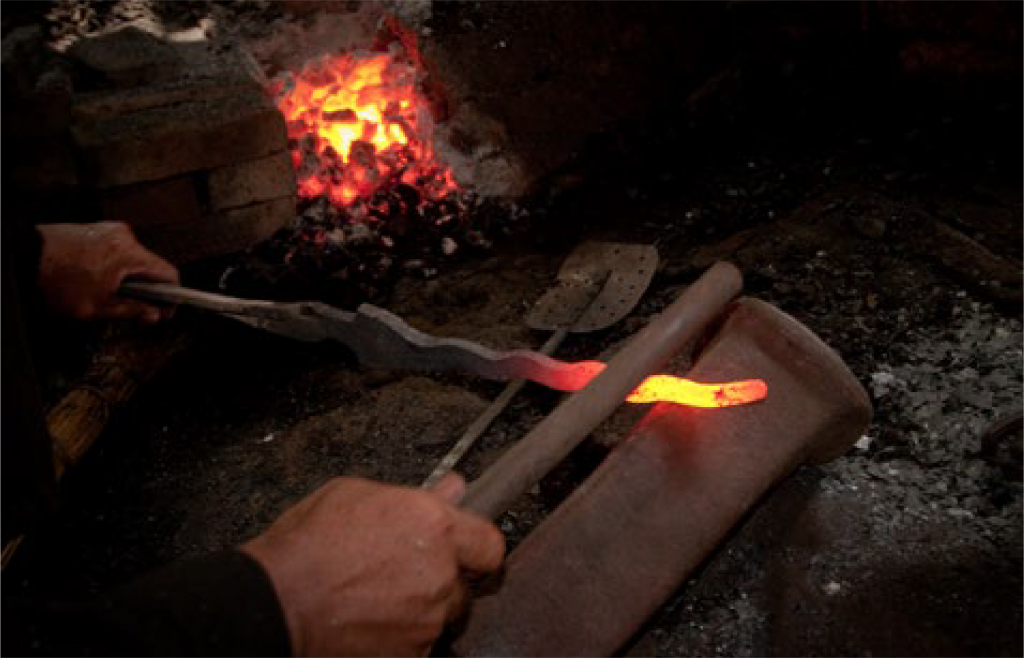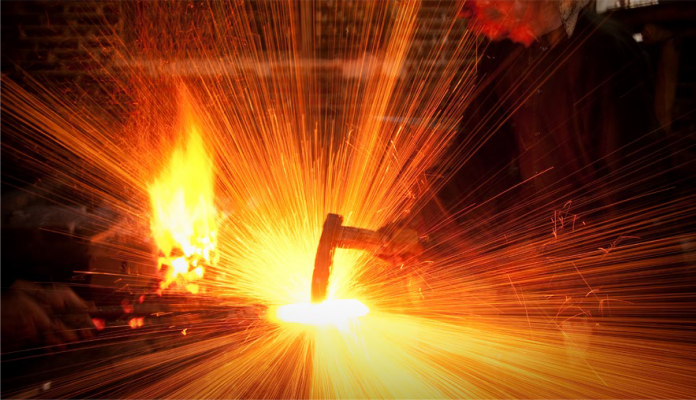Text and images by Diego A. Garcia
Of the countless weapons bought and sold every day around the world, relatively few can be considered a valued part of cultural heritage. Fewer still are thought to contain some element of the supernatural. The traditional dagger known as the keris is an exception. Indigenous to Indonesia, Malaysia and Singapore, the keris (or kris) is a precious cultural artifact that played a significant role in the history of the region that still resonates with people today, especially in a unique village on the outskirts of Yogyakarta.
In ancient times, the keris was the weapon of choice for the armies of Indonesia and Malaysia, used in battle or to carry out executions. It was common for men of all walks of life to don a keris, used mainly for self-defence. Nowadays, the keris is widely available as an ornament for the home or for special occasions. There are kerises that can be considered trinkets and curiosities, made by ordinary ironsmiths, costing between USD60–300 dollars apiece. And then there are those that are forged in history.
A few years ago, as a director for the documentary series called “Culture X”, my crew and I were given unique access to film with an Indonesian master of the blade, the Empu Sungkowo Harumbrodjo. An intense and serious presence, Sungkowo is the 16th descendant of the Empu Supa – the keris-maker of the Majapahit Empire of the 13th century. Sungkowo has inherited the title Empu, or keris-master, from his ancestors. The daggers created by this man and his family are highly sought-after works of art, with a lineage that harkens to a near- mythical era.
The kerises he creates are forged from iron, which is wrought (or hammered) into a long bar, then cut in half. A thin bar of pure nickel is then inserted between the iron, and the process of hammering and folding is repeated, again and again. An assistant keeps the fire hot with a traditional bellows, while the master works his magic.

Centuries ago, it was believed that only the kerises made by true Empus could ensure bountiful harvests, bring untold fortunes, or even make their bearers invincible. But to some extent, belief in the unknown powers of the keris still lingers today. When the Empu agrees to make a keris, he only does so based on the personality, profession, and overall character of the buyer. Only in that way can a true keris begin to have its intended influence.
The Empu shared with us his unique family history and told us the fascinating story of when he, working with his father, made a keris for the Sultan. A very rare metal derived from meteorites is traditionally used in these special cases, though he refused to name the metal. Incense, fire, and prayer are necessary at the end of the process to raise the keris from a dagger to something much more intangible.
According to the Empu, a properly-made keris is imbued with a certain charm, a magical element that is considered taboo as a topic of conversation. Countless Indonesian legends tell of the amazing ability of these blades to bestow fortunes upon their owners. But they also warn of the inherent danger of using these blades for evil purposes. Perhaps then it is fortunate that few can afford these precious heirlooms, with prices reaching thousands of dollars.
Read the rest of the article in Asian Geographic No.142 Issue 3/2020 here or download a digital copy here!











